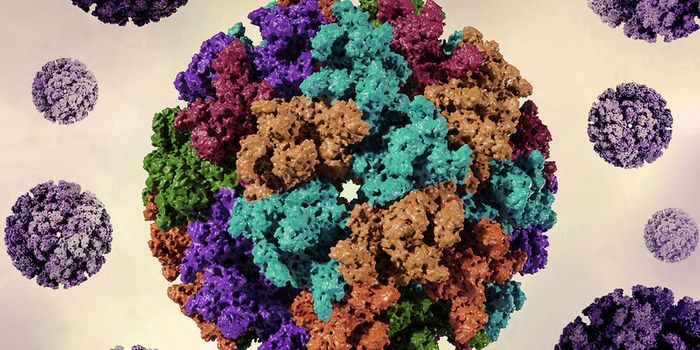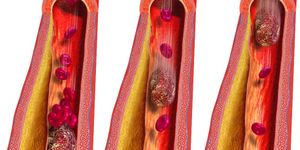Fungi and bacteria team up in dental plaque
Tooth decay doesn’t just affect adults, it also affects toddlers - a condition called early-childhood caries. Researchers at the University of Pennsylvania showed that the fungus Candida albicans, in addition to bacteria, is to blame.
According to study author Hyun Koo, “this disease affects 23 percent of children in the United States and even more worldwide. In addition to fluoride, we desperately need an agent that can target the disease-causing biofilms and in this case not only the bacterial component but also the Candida."
Image: Baby Centre UK
Most cases of tooth decay are caused by the bacterium Streptococcus mutans, but in cases of childhood caries, these bacteria and the fungus C. albicans appear to work together. Previously, the researchers showed that the bacteria and fungi worked together to form a particularly tough biofilm. In their new study published in PLOS Pathogens, the group figured out how the bacteria and fungi interact.
S. mutans secretes an exoenzyme called GtfB that synthesizes alpha-glucans. These glucans are a major component of plaque biofilms. The researchers found that mannans (a type of polysaccharide) on the surface of C. albicans interact with GtfB, enhancing biofilm production and promoting interactions between the bacteria and fungi.
The researchers used atomic force microscopy to measure the strength of interactions between GtfB and C. albicans mannans. They found that GtfB and wild type C. albicans adhered very tightly, but C. albicans mutants that lacked mannans did not interact with GtfB as well.
Next, they investigated how important the C. albicans mannans were for forming a mixed-species biofilm (a biofilm containing S. mutans and C. albicans) in vivo. To do this, they used a rodent model where rats were fed a high-sugar diet and infected with S. mutans and C. albicans to induce plaque formation.
When the rats were exposed to wild type strains of the bacteria and fungi, a robust plaque-biofilm formed on their teeth. However, when the rats were exposed to wild type S. mutans and a C. albicans mutant that could not make mannans, much less plaque-biofilm formed.
They also wanted to verify that GtfB was required for the mixed-species biofilm. When they coinfected the rats with C. albicans and a strain of S. mutans that did not make GtfB, very little plaque-biofilm was formed.
According to Koo, “instead of just targeting bacteria to treat early childhood caries, we may also want to target the fungi. Our data provide hints that you might not need to use a broad spectrum antimicrobial and might be able to target the enzyme or cell wall of the fungi to disrupt the plaque biofilm formation."
Sources: Science Daily, PLOS Pathogens









